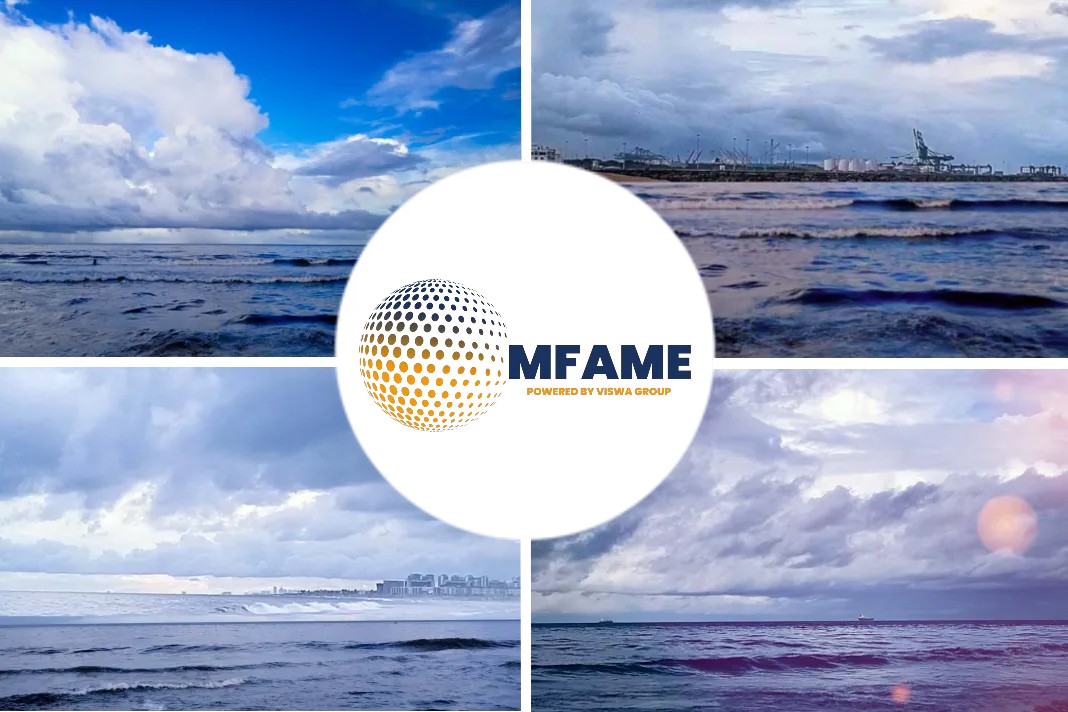Cruise players fear carbon-cutting measures that come into force next January will create “unintended consequences”, potentially driving up the sector’s absolute emissions, reports TradeWinds.
Sticking point for passenger ships
Shipping as a whole has 12 months to prepare for the International Maritime Organization’s Energy Efficiency Existing Ship Index (EEXI) that it adopted last June, which will require vessels to meet the current Energy Efficiency Design Index standards for newbuildings.
But it is the regulator’s plan for annual monitoring of the carbon intensity of vessels that is uniquely proving a sticking point for passenger ships.
The Carbon Intensity Indicator (CII), also adopted last summer, will rate vessel efficiency between A and E and require those rated D and E to lower their emissions.
Although none of the leading cruise operators would be drawn on the detail of their plans to meet the new ratings, Cruise Lines International Association (CLIA) has graded the current CII proposals an F, and is calling for them to be revised.
IMO CII adoption
“The IMO’s recent adoption of the CII, while well-intentioned, requires further refinement to be truly useful,” the association told TradeWinds. “The focus on carbon intensity, without also considering its relationship to overall carbon output, could generate unintended consequences.”
“The basic problem is that the CII does not account for how different types of ships operate.”
- Cargo vessels, which take long transoceanic voyages, are relatively efficient under the CII formula because it calculates carbon output based on fuel consumed and distance travelled.
- Cruise ships, on the other hand, travel much shorter distances, call at multiple ports and offer hotelling services, so their CII figure comes out much higher, according to the CLIA.
“Even while in port, a certain amount of fuel is consumed to meet on-board energy demand, albeit less than if the ship were at sea and using its propulsion engines,” it added. “The ratio of fuel consumed to distance travelled is, therefore, skewed under the CII.”
As a result, the CLIA said, the guidelines incentivise longer cruise voyages with less port time to achieve a more favourable CII rating, thereby resulting in greater absolute carbon emissions.
“The CII formula only addresses efficiency, but if not corrected to account for port time, it could work against absolute carbon reduction,” it explained.
Did you subscribe to our newsletter?
It’s free! Click here to subscribe!
Source: TradeWinds






















